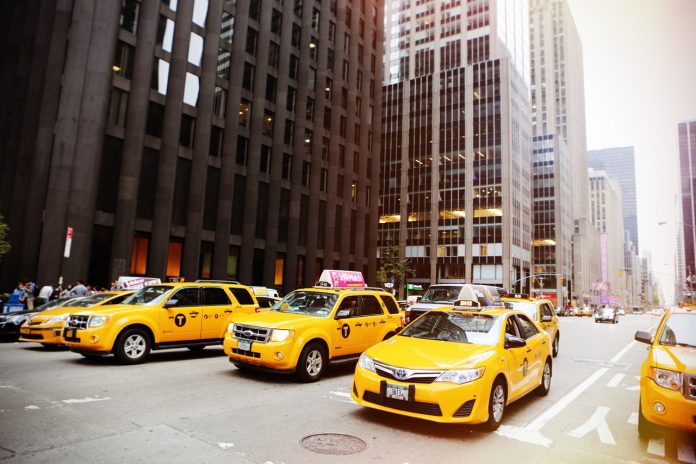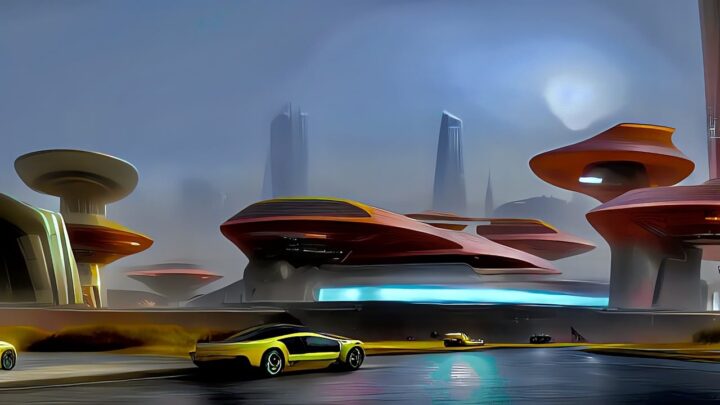
Self-driving cars on the spot
I have so far heard different opinions on self-driving cars, known also as driverless cars which are somewhat contradictory, targeting only partial motivations and perhaps certain interests.
I will present them to you in the following, trying to clarify with the arguments I have, so please add your different opinions if you have in the comment referencing also the source.

Pro self-driving cars ideas
So, it is said that self-driving cars are capable to improve and change our lives until the end of the next decade or probably earlier.
Trends such sharing economy and digitalization will change profound the concept of mobility in all big cities, all over the world and the future public transportation will be electric and very customized by application through smartphones.
As a consequence the public spaces will be decongested, theoretically will be more airy and most of the cars parking spots could be used for other purposes. It is well known that private cars are expensive and not proper utilized most of the time (more than 90% of time) and loads in addition the traffic over the city.
Trying to use taxis every day will be for sure more expensive but when the taxis will be driven by robots, the cost of transportation will be drastically decreased. The idea is to put the peoples in position to use only taxis, not to force them, but to offer cheaper and safer transport by self-driving cars in the whole city.
So, it is well known the fact that human drivers can have a very bad behavior when driving in order to make many mistakes and affecting the traffic, because of: tiredness, aggressiveness, alcohol or drugs, or being distracted from many sources which could affect even the life of the other and passengers.
On the opposite, the robot drivers for sure will respect the rules, will be more efficient all day long without pauses and will drive you safe at your chosen destinations.
By focusing on self-driving taxis instead of private cars in big cities, will remain many free spaces for other means of transport as skateboards, roller blades, e-bikes or e-scooters.
Self-driving cars could be electrical, as an investment in the future and in the environment protection when it is encouraged by local administrations, it could be also a gain in health and in climate change reduction.
So far this exposure has been more theoretical and all these self-driving cars have generated countless debates. Many of them were focused on emergencies and how to avoid them.
Cons for self-driving cars
Many questions were pointed to find more the robots concept of driving, how they will think in the case of an emergency, in the situation of an accident and in correlation with others ? Will they choose, based on the principle of minimizing damage, to hit a single pedestrian in favor of more, or no?
It’s expected that in a world of robots, those who can generate entropy in traffic will be the humans. So they should be eliminated altogether from the traffic, besides their private cars to gain the maximum efficiency offered by the robots.
It is not so far a confrontation between all those different concepts of programming for emergency situations of the robots who are driving and are in a difficult situation.
The last frontier would be that in which the board computer of driverless cars would be hacked, how they deal with this kind of emergency?
Stepping into a more concrete world let us talk about traffic in big cities and what some studies revealed.
What statistics reveals about self-driving cars
Singapore made a study about mobility in the city in 2014, which revealed that if using only self-driving taxis, the total demand for mobility would decrease with two-thirds. Other study for mobility made for Austin, Texas, USA showed that the total actual fleet in use could be reduced by 90 percent.
At Zurich, Switzerland, Mr. Kay Axhausen, professor at ETH Zurich’s Institute for Transport Planning and Systems, has arrived to new conclusions in a study made on behalf of the Swiss Association of Transport Engineers and Experts (SVI) and financed by Switzerland’s Federal Roads Office (FEDRO). They found that the volume of traffic might change if driverless taxis will be introduced in maximum 20 years.
They used a simulation platform called MATSim, developed and refined during the 10 years by ETH and Technical University of Berlin. The platform is capable to simulate complex mobility situations and allowing to have behavior virtual road user, own decision making patterns and is not driven by overarching rules.
More than that, in order to have a realistic simulation study, the team of Mr. Axhausen conducted a survey among about 359 people in the vicinity of Zurich, asking them to name their conditions under which they would accept to use public automated transport instead the actually, but in certain circumstances of price and waiting time.
In their first scenario the existing public transport system (150,000 agents about 10 percent of Zurich’s road users) was supplemented with a fleet of self-driving taxis. The automated public transport, which means self-driving buses, rail and taxis achieved about 60 percent of total traffic.
The share of motorized personal transport decreased from 44 to 29 percent. So, the ideal ratio (of demand and price) lies at a fleet of some 3000 self-driving taxis, with a price per kilometer of about 0,5 euro, instead of 2,46 euro per kilometer of a conventional taxi is a reality.
In the second scenario, the participants had the option to buy their own automated vehicles instead of those shared together with others. The overall number of cars in traffic remained unchanged and the time spent in vehicle can make this mobility more attractive if all family members will use the vehicle.
The conclusion at the end of article
As a conclusion, the introducing of the self-driving taxis would reach important consequences for public transport in the cities. A reevaluation of the automated public transport will be necessary. Based on simulation Uber and Lyft will assume their sharing services, which is likely to become shortly a monopoly.
At Zurich, Switzerland, Mr. Kay Axhausen, professor at ETH Zurich’s Institute for Transport Planning and Systems, has arrived to new conclusions in a study made on behalf of the Swiss Association of Transport Engineers and Experts (SVI) and financed by Switzerland’s Federal Roads Office (FEDRO). They found that the volume of traffic might change if driverless taxis will be introduced in maximum 20 years.
They used a simulation platform called MATSim, developed and refined during the 10 years by ETH and Technical University of Berlin. The platform is capable to simulate complex mobility situations and allowing to have behavior virtual road user, own decision making patterns and is not driven by overarching rules.
More than that, in order to have a realistic simulation study, the team of Mr. Axhausen conducted a survey among about 359 people in the vicinity of Zurich, asking them to name their conditions under which they would accept to use public automated transport instead the actually, but in certain circumstances of price and waiting time.
In their first scenario the existing public transport system (150,000 agents about 10 percent of Zurich’s road users) was supplemented with a fleet of self-driving taxis. The automated public transport, which means self-driving buses, rail and taxis achieved about 60 percent of total traffic.
The share of motorized personal transport decreased from 44 to 29 percent. So, the ideal ratio (of demand and price) lies at a fleet of some 3000 self-driving taxis, with a price per kilometer of about 0,5 euro, instead of 2,46 euro per kilometer of a conventional taxi is a reality.
In the second scenario, the participants had the option to buy their own automated vehicles instead of those shared together with others. The overall number of cars in traffic remained unchanged and the time spent in vehicle can make this mobility more attractive if all family members will use the vehicle.
The conclusion at the end of article
As a conclusion, the introducing of the self-driving taxis would reach important consequences for public transport in the cities. A reevaluation of the automated public transport will be necessary. Based on simulation Uber and Lyft will assume their sharing services, which is likely to become shortly a monopoly.



